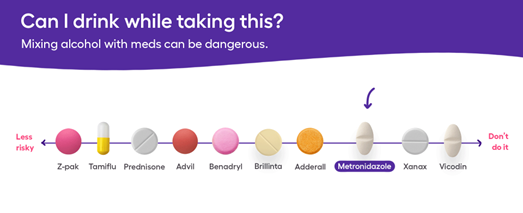A nurse is preparing a breast cancer presentation for a health forum. Which fact would the nurse expect to address in this presentation?
African American women have the BRCA 1 and BRCA 2 gene.
American white women respond better to breast cancer treatment.
Breast cancer is more advanced in African American women when found.
More Hispanic women smoke, which increases their risk.
The Correct Answer is C
Choice A: African American women have the BRCA 1 and BRCA 2 gene is not the correct answer because it is not a fact but a misconception. BRCA 1 and BRCA 2 are genes that normally help prevent breast and ovarian cancer by repairing DNA damage. However, mutations in these genes can increase the risk of developing these cancers. BRCA mutations are not exclusive to African American women, but they can affect any race or ethnicity. According to the National Cancer Institute, about 12% of American white women and 10% of African American women have a BRCA mutation.
Choice B: American white women respond better to breast cancer treatment is not the correct answer because it is not a fact but a disparity. Breast cancer treatment can include surgery, radiation, chemotherapy, hormone therapy, or targeted therapy. The response to treatment can vary depending on various factors such as tumor type, stage, grade, or molecular profile. However, some studies have shown that American white women have better survival rates and outcomes than African-American women after breast cancer treatment. This disparity may be due to differences in access to care, quality of care, socioeconomic status, or biological factors.
Choice C: Breast cancer is more advanced in African American women when found is the correct answer because it is a fact and a disparity. Breast cancer is a disease that occurs when abnormal cells grow and invade the breast tissue or other parts of the body. The stage of breast cancer describes how far the cancer has spread and how serious it is. Breast cancer can be detected by screening tests such as mammograms or clinical exams such as breast self-exams. However, some studies have shown that African American women are more likely than American white women to be diagnosed with breast cancer at later stages. This disparity may be due to differences in screening rates, awareness, symptoms, or tumor biology.
Choice D: More Hispanic women smoke, which increases their risk is not the correct answer because it is not a fact but a misconception. Smoking is a risk factor for breast cancer, as it can damage the DNA of breast cells and increase the levels of hormones that stimulate cell growth. However, smoking rates are not higher among Hispanic women than other racial or ethnic groups. According to the Centers for Disease Control and Prevention, about 14% of Hispanic women smoke cigarettes compared to 16% of American white women and 14% of African American women.
Nursing Test Bank
Naxlex Comprehensive Predictor Exams
Related Questions
Correct Answer is ["20"]
Explanation
- To find out how many gtt/min to set for a manual IV infusion, we need to use this formula: gtt/min = (mL/hr x drop factor) / 60
- In this formula, mL/hr is the rate of infusion in milliliters per hour, drop factor is the number of drops per milliliter for a specific IV tubing, and 60 is the number of minutes in an hour.
- We plug in the given values into this formula: gtt/min = (120 mL/hr x 10 gtt/mL) / 60
- We simplify and solve this equation: gtt/min = (1200 gtt/hr) / 60
- We divide both sides by 60: gtt/min = 20 gtt/hr
- We round off to the nearest whole number: gtt/min = **20**
- We add a leading zero if needed: gtt/min = **20**
- We do not add a trailing zero: gtt/min = **20**
Correct Answer is D
Explanation
Choice A: Caffeine is not the correct answer because it does not interact with metronidazole. Caffeine is a stimulant that can increase alertness, energy, and heart rate. However, it has no effect on the effectiveness or side effects of metronidazole.
Choice B: Chocolate is not the correct answer because it does not interact with metronidazole. Chocolate is a food that contains caffeine, sugar, and fat. However, it has no effect on the effectiveness or side effects of metronidazole.
Choice C: Nicotine is not the correct answer because it does not interact with metronidazole. Nicotine is a substance that can be found in tobacco products, such as cigarettes, cigars, or chewing tobacco. However, it has no effect on the effectiveness or side effects of metronidazole.
Choice D: Alcohol is the correct answer because it interacts with metronidazole. Alcohol is a substance that can be found in beverages, such as beer, wine, or liquor. It can cause a severe reaction when combined with metronidazole, resulting in symptoms such as nausea, vomiting, headache, flushing, and palpitations. Therefore, the nurse should instruct the client to avoid alcohol while taking metronidazole.

Whether you are a student looking to ace your exams or a practicing nurse seeking to enhance your expertise , our nursing education contents will empower you with the confidence and competence to make a difference in the lives of patients and become a respected leader in the healthcare field.
Visit Naxlex, invest in your future and unlock endless possibilities with our unparalleled nursing education contents today
Report Wrong Answer on the Current Question
Do you disagree with the answer? If yes, what is your expected answer? Explain.
Kindly be descriptive with the issue you are facing.
